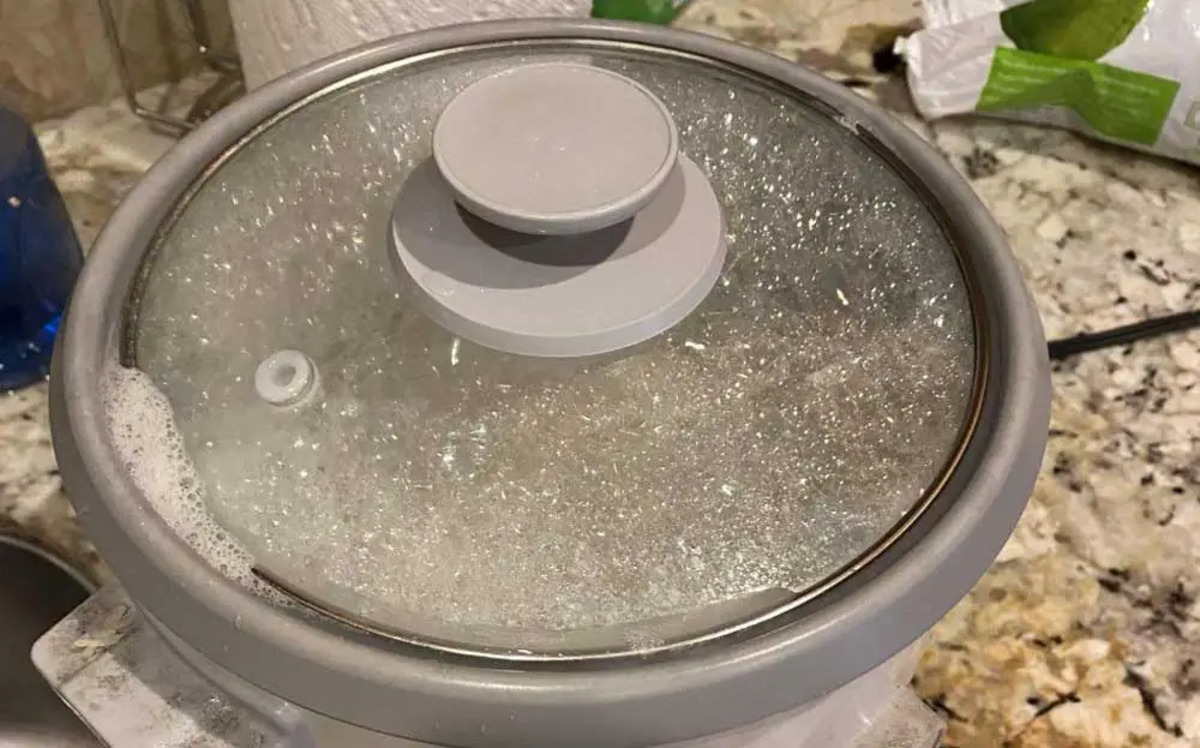

Articles
Why Is My Rice Cooker Bubbling
Modified: August 27, 2024
Discover why your rice cooker is bubbling with our informative articles. Learn how to troubleshoot and prevent this common issue for perfectly cooked rice every time.
(Many of the links in this article redirect to a specific reviewed product. Your purchase of these products through affiliate links helps to generate commission for Storables.com, at no extra cost. Learn more)
Introduction
Having a rice cooker is a convenient way to cook perfect rice every time. It saves time and effort, allowing you to enjoy fluffy and delicious rice without the hassle of constant monitoring and stirring. However, there may be instances when you notice your rice cooker bubbling excessively during the cooking process. This unexpected phenomenon can leave you perplexed and wondering why it’s happening.
In this article, we will delve into the reasons why your rice cooker may be bubbling and explore various factors that could contribute to this occurrence. By understanding these factors, you’ll be able to troubleshoot the issue and ensure that your rice cooker performs optimally.
Key Takeaways:
- Excessive water, incorrect rice-to-water ratio, and low-quality rice can cause bubbling in rice cookers. Proper measurement, soaking, and rice selection can prevent this issue, ensuring perfectly cooked rice every time.
- Regular maintenance and cleaning of rice cookers are essential to prevent bubbling. Follow recommended care instructions, adjust cooking temperature, and consider upgrading to a fuzzy logic rice cooker for optimal results.
Read more: Why Is My Spackle Bubbling
Understanding the Rice Cooker
Before we dive into the reasons behind the bubbling in your rice cooker, it’s important to have a basic understanding of how the appliance works. A rice cooker is a kitchen appliance designed to simplify the process of cooking rice. It consists of a removable cooking pot, a heating element, and a thermostat.
The cooking pot is typically made of non-stick material and has measurement markings to ensure accurate water-to-rice ratios. The heating element is responsible for generating heat, which, in turn, cooks the rice. The thermostat maintains a steady temperature to prevent the rice from overcooking or burning.
Rice cookers typically operate by using two basic cooking methods: absorption and temperature control. In the absorption method, the rice and water are cooked together, and as the water is absorbed by the rice, the rice cooker senses the decrease in moisture and switches to a low heat setting to keep the rice warm.
In the temperature control method, the rice cooker detects when the water reaches a certain temperature and automatically lowers the heat to continue cooking the rice evenly. This ensures that the rice is fully cooked without becoming mushy or burnt.
Now that we have a clear picture of how a rice cooker functions, let’s explore some possible reasons why your rice cooker might be bubbling excessively when cooking rice.
Reasons for Bubbling
Excessive bubbling in a rice cooker can be frustrating and may lead to unevenly cooked or even burnt rice. Let’s explore some common reasons why your rice cooker might be bubbling during the cooking process:
- Excessive Water: One of the main culprits behind a bubbling rice cooker is the use of too much water. When the water-to-rice ratio is imbalanced, the excess water can cause the rice to bubble and spill over. It’s important to carefully measure the water according to the instructions provided for your specific type of rice.
- Incorrect Rice-to-Water Ratio: Along similar lines, an incorrect ratio of rice to water can also cause bubbling. If you use too much rice in relation to the amount of water, the rice cooker may struggle to absorb all the liquid, leading to bubbling. Be sure to use the recommended rice-to-water ratio for the best results.
- Soaking Rice: Some recipes suggest soaking the rice before cooking to achieve a desired texture. However, if you soak the rice for too long or use too much water during the soaking process, it can result in excess moisture in the rice cooker, leading to bubbling. Follow the recommended soaking instructions or avoid soaking altogether if you encounter this issue.
- Low-Quality Rice: The quality of the rice you use can also play a role in the bubbling of your rice cooker. Lower-quality rice tends to release more starch during cooking, which can cause excessive foaming and bubbling. Opt for high-quality rice to minimize this issue.
- Cooking Temperature: The temperature setting on your rice cooker can affect the bubbling. If the heat is too high, the water may boil rapidly, causing the rice to bubble and overflow. Make sure you’re using the appropriate heat setting for the type of rice you’re cooking.
By understanding these reasons for bubbling, you can make adjustments to your cooking process and ensure that your rice cooker operates smoothly without excessive bubbling. In the next sections, we’ll explore specific factors related to the rice cooker itself and the maintenance of the appliance that may contribute to the bubbling issue.
Excessive Water
One of the common reasons for excessive bubbling in a rice cooker is the use of too much water. When there is too much water in the cooking pot, it can lead to bubbling and overflowing, resulting in messy and unevenly cooked rice. Here’s a closer look at how excessive water can cause bubbling and how to avoid this issue.
When you add an excessive amount of water to the rice cooker, the boiling action can become more vigorous than usual. The excess water creates more steam, causing the rice to bubble and spill over the edges of the pot. This not only creates a mess, but it can also affect the texture and taste of the rice.
To prevent excessive water from causing bubbling, it is crucial to follow the recommended water-to-rice ratio provided in the rice cooker’s instructions or recipe. Different types of rice may require different amounts of water, so be sure to adjust accordingly. Generally, the ratio is around 1:1 or 1:1.5, which means one cup of rice requires one to one and a half cups of water.
It’s also important to note that the rice cooker’s cooking pot typically comes with measurement markings to guide you in adding the correct amount of water. By using these markings and measuring the water accurately, you can ensure that you’re not adding excessive water and causing bubbling.
In some cases, you may accidentally add too much water to the rice cooker. If you notice excessive bubbling during cooking, you can try opening the lid and allowing the excess steam to escape. This can help prevent the rice from bubbling over. However, keep in mind that opening the lid during cooking may also affect the overall cooking process, so it’s best to avoid adding excessive water in the first place.
By being mindful of the water-to-rice ratio and adding the appropriate amount of water, you can avoid excessive bubbling in your rice cooker and ensure perfectly cooked rice every time.
Incorrect Rice-to-Water Ratio
Another factor that can contribute to excessive bubbling in a rice cooker is an incorrect rice-to-water ratio. If the ratio of rice to water is imbalanced, it can result in the rice cooker struggling to absorb all the liquid, leading to bubbling and potential messiness. Let’s explore this issue in more detail and learn how to avoid it.
The ideal rice-to-water ratio may vary depending on the type of rice being cooked. Different types of rice have different absorption rates, so it’s important to follow the recommended ratio provided in the rice cooker’s instructions or recipe.
If you use too much rice in relation to the amount of water, the rice cooker may not have enough liquid to fully cook the rice, causing it to bubble and potentially spill over. On the other hand, if you use too much water in relation to the rice, it can result in excessive moisture, leading to bubbling during the cooking process.
To ensure the correct rice-to-water ratio, start by measuring the desired amount of rice using the measuring cup provided with your rice cooker. Then, add the appropriate amount of water based on the recommended ratio. When in doubt, refer to the manufacturer’s instructions or search for trusted recipes online that specify the appropriate rice-to-water ratio for the type of rice you’re cooking.
It’s worth noting that rice cookers typically have measurement markings on the cooking pot, which makes it easier to add the correct amount of water. Use these markings as a guide to ensure the proper rice-to-water ratio.
If you notice excessive bubbling during cooking, it could be a sign that the rice-to-water ratio is off. In this case, you can try adding a small amount of water gradually to the rice cooker and stir gently to distribute the water evenly. However, be cautious not to add too much water at once, as this can result in waterlogged rice and worsen the bubbling issue.
By following the recommended rice-to-water ratio for your specific type of rice and using the measurement markings on the rice cooker’s cooking pot, you can avoid an imbalanced ratio and prevent excessive bubbling in your rice cooker.
Read more: Why Is My Rice Cooker Not Working
Soaking Rice
Soaking rice before cooking is a common practice that can help achieve a desired texture and enhance the flavor of the cooked rice. However, if not done properly, soaking rice can contribute to excessive bubbling in your rice cooker. Let’s take a closer look at how soaking rice can impact the cooking process and how to avoid bubbling when using this technique.
When rice is soaked, it absorbs water, which can increase the overall moisture content. Excess moisture in the rice cooker can lead to bubbling, as the rice cooker may struggle to absorb all the liquid during the cooking process.
To prevent excessive bubbling when soaking rice, it’s important to follow the guidelines provided in recipes or the instruction manual of your rice cooker. The recommended soaking time may vary depending on the type of rice being used. Some rice varieties require longer soaking times, while others may not need soaking at all.
If you’re experiencing excessive bubbling when using soaked rice, here are a few tips to mitigate the issue:
- Follow the recommended soaking time: Ensure that you’re not soaking the rice for longer than the recommended time. Extended soaking can lead to excessive moisture in the rice, resulting in bubbling during cooking. Follow the instructions provided for the specific type of rice you’re using.
- Use the proper water-to-rice ratio: When soaking rice, it’s crucial to adjust the water-to-rice ratio to compensate for the moisture absorbed during soaking. If the ratio is off, it can lead to excessive moisture in the rice cooker and cause bubbling. Refer to reliable recipes or the instructions provided with your rice cooker to determine the appropriate ratio.
- Drain excess water before cooking: After soaking the rice, make sure to drain any excess water thoroughly before transferring it to the rice cooker. This can help minimize the moisture content and reduce the likelihood of bubbling during the cooking process.
By following the recommended soaking time, adjusting the water-to-rice ratio, and draining excess water, you can minimize the chances of excessive bubbling when using soaked rice in your rice cooker.
Check the water-to-rice ratio in your rice cooker. Too much water can cause bubbling. Also, make sure the cooker’s inner pot is clean to prevent boiling over.
Low-Quality Rice
The quality of the rice you use can also play a role in the bubbling of your rice cooker. Low-quality rice tends to release more starch during cooking, which can cause excessive foaming and bubbling. Here’s a closer look at how the quality of rice can impact the cooking process and how to minimize bubbling when using low-quality rice.
Low-quality rice often has a higher starch content, which can result in more foam and bubbles during cooking. This is because the starch can create a thicker layer on the surface of the rice, trapping steam and causing the rice cooker to bubble excessively.
To minimize bubbling when using low-quality rice, consider the following tips:
- Choose high-quality rice: Whenever possible, opt for high-quality rice varieties. Higher-quality rice tends to have lower starch content and a better overall texture, which can reduce the chances of excessive bubbling in the rice cooker. Look for rice that is known for its quality and reputation.
- Rinse the rice: Before cooking, rinse the rice thoroughly under cold water. This helps remove excess starch from the surface of the rice grains, reducing the likelihood of excessive foaming and bubbling during cooking. Rinse the rice until the water runs clear to ensure it’s properly cleaned.
- Adjust water-to-rice ratio: When using low-quality rice, it may be helpful to adjust the water-to-rice ratio slightly. Experiment with reducing the amount of water slightly to compensate for the increased starch content. However, be cautious not to reduce the water too much, as it may result in undercooked or dry rice.
It’s important to note that while these tips can help minimize bubbling when using low-quality rice, it’s always ideal to use high-quality rice for the best cooking results. Take the time to choose rice brands that have a good reputation and are known for their consistent quality.
By selecting high-quality rice, rinsing it thoroughly, and adjusting the water-to-rice ratio, you can reduce the chances of excessive bubbling when using low-quality rice in your rice cooker.
Cooking Temperature
The cooking temperature of your rice cooker can significantly affect the occurrence of bubbling during the cooking process. If the heat is set too high, the water in the pot may boil vigorously, leading to excessive bubbling and potentially causing the rice to overflow. Understanding the appropriate cooking temperature and making adjustments as needed can help prevent this issue.
Different types of rice require different cooking temperatures to be cooked properly. It’s essential to follow the recommended cooking temperature specified in the rice cooker’s instructions or recipe you are using. Generally, most rice cookers have a default temperature setting that works well for a wide range of rice varieties.
If you notice excessive bubbling during cooking, it could be an indication that the heat is too high. Here are some steps you can take to manage the cooking temperature:
- Adjust the heat setting: Many rice cookers have multiple heat settings, such as “Regular” and “Quick Cook.” If you’re experiencing bubbling, try lowering the heat setting to a slightly lower temperature. This can help control the boiling action and reduce the likelihood of excessive bubbling.
- Use the “Quick Cook” feature selectively: Some rice cookers have a “Quick Cook” feature that speeds up the cooking process. While this feature can be convenient, it may also increase the chances of bubbling due to the higher cooking temperature. Consider using the “Regular” cooking mode instead, especially when cooking delicate rice varieties.
- Avoid opening the lid: While it may be tempting to check on the rice or stir it during cooking, opening the lid can cause a sudden drop in temperature and affect the cooking process. Keep the lid closed throughout the cooking time to maintain a consistent temperature and prevent bubbling.
By adjusting the heat setting appropriately, using the “Quick Cook” feature selectively, and avoiding opening the lid unnecessarily, you can manage the cooking temperature of your rice cooker and minimize the risk of excessive bubbling.
Remember to refer to the specific instructions for your rice cooker model provided by the manufacturer to ensure you’re using the correct temperature settings for optimal cooking results.
Type of Rice Cooker
The type of rice cooker you have can also influence the occurrence of bubbling during the cooking process. Different types of rice cookers have varying features and cooking mechanisms that can impact how rice is cooked and the likelihood of bubbling. Understanding the type of rice cooker you have can help you troubleshoot and minimize bubbling issues effectively.
There are two main types of rice cookers: conventional rice cookers and fuzzy logic rice cookers.
Conventional rice cookers are the most commonly used type. They typically have a simple on/off switch and a basic heating mechanism. While conventional rice cookers are reliable and produce satisfactory results most of the time, they may be more prone to bubbling, especially when cooking certain rice varieties. These rice cookers operate based on a timer and a temperature sensor and may not have sophisticated control over the cooking process, which can contribute to bubbling.
Fuzzy logic rice cookers, on the other hand, offer more advanced features and precise cooking control. These rice cookers utilize computerized technology to analyze and adjust cooking variables such as temperature, cooking time, and water level. Fuzzy logic rice cookers can detect and make necessary adjustments based on factors like rice type, water consistency, and desired results. They are designed to provide consistent, evenly cooked rice with minimal bubbling.
If you frequently encounter excessive bubbling in your rice cooker, investing in a fuzzy logic rice cooker may be worth considering. Fuzzy logic rice cookers offer more precise control over the cooking process, allowing you to choose specific rice types and cooking modes to achieve the desired result. They are particularly beneficial when cooking delicate rice varieties that require precise cooking conditions.
Regardless of the type of rice cooker you have, there are some general tips to keep in mind to minimize bubbling. These include ensuring proper water-to-rice ratios, following recommended cooking times and settings, and keeping the rice cooker clean and well-maintained. Regular cleaning and maintenance can help ensure that the heating element and sensors are functioning optimally, reducing the chances of bubbling.
By understanding the capabilities and limitations of your rice cooker and considering an upgrade to a fuzzy logic rice cooker if needed, you can better manage the bubbling phenomenon and enjoy perfectly cooked rice every time.
Read more: Why Is My Rice Cooker Boiling Over
Maintenance and Cleaning
Maintaining and cleaning your rice cooker is essential not only for its longevity but also for ensuring optimal performance and minimizing bubbling during the cooking process. Neglecting proper maintenance and cleaning can lead to buildup and residue that can affect the rice cooker’s heating element and sensors. Here are some maintenance and cleaning tips to help you prevent excessive bubbling and keep your rice cooker in excellent condition.
1. Regular cleaning: After each use, it’s important to clean the cooking pot, lid, and any removable parts of the rice cooker. Use a mild detergent and a non-abrasive sponge or cloth to remove any residual food or stains. Rinse thoroughly and make sure the parts are completely dry before storing. Avoid soaking the cooker base or immersing it in water to prevent damage to the electrical components.
2. Deep cleaning: Every few months, perform a deep cleaning to remove any stubborn residue or mineral deposits that may have accumulated. Fill the cooking pot with a mixture of equal parts water and vinegar, and let it soak for a few hours or overnight. Then, scrub the pot gently using a soft brush or sponge to remove any buildup. Rinse thoroughly with water and dry completely before using your rice cooker again.
3. Inspect and clean the heating element: Over time, the heating element of your rice cooker may accumulate residue or mineral deposits. This can affect its efficiency and lead to uneven heating, resulting in potential bubbling. Consult the user manual of your rice cooker for instructions on how to access and clean the heating element properly. Always ensure that the cooker is unplugged and cooled down before attempting any maintenance on the heating element.
4. Check the seal and gasket: The seal and gasket on your rice cooker’s lid are crucial for maintaining a proper steam seal during cooking. Inspect them regularly for any signs of wear or damage. If you notice any issues, such as cracks, tears, or loss of elasticity, replace the seal or gasket as soon as possible to prevent steam from escaping and causing excessive bubbling.
5. Store properly: When not in use, store your rice cooker in a cool, dry place. Avoid stacking heavy items on top of it to prevent accidental damage. Keep the rice cooker’s lid slightly open when storing to allow air circulation and prevent the development of unpleasant odors.
By following these maintenance and cleaning practices, you can keep your rice cooker in optimal condition, improve its longevity, and minimize the chances of excessive bubbling during cooking. Remember to consult the user manual specific to your rice cooker model for any additional care instructions or recommendations from the manufacturer.
Conclusion
Cooking rice should be a straightforward process, but sometimes unexpected issues like excessive bubbling in your rice cooker can arise. By understanding the various factors that contribute to this problem, you can troubleshoot and prevent bubbling, ensuring perfectly cooked rice every time.
From our discussion, we have identified several common causes of bubbling in rice cookers, including excessive water, an incorrect rice-to-water ratio, soaking rice, low-quality rice, improper cooking temperature, and the type of rice cooker. By addressing these factors, you can minimize bubbling and achieve optimal cooking results.
Remember to carefully measure the water-to-rice ratio, follow recommended soaking times and instructions, use high-quality rice, adjust cooking temperature as needed, and consider upgrading to a fuzzy logic rice cooker for better control over the cooking process.
Regular maintenance and cleaning of your rice cooker are also crucial to ensure its longevity and prevent bubbling. Clean the cooker after each use, perform deep cleanings periodically, inspect and clean the heating element, and check the seal and gasket for any damage.
By implementing these tips and techniques, you can enjoy perfectly cooked rice without the frustration of excessive bubbling. A well-maintained rice cooker will provide you with hassle-free cooking, allowing you to savor delicious and fluffy rice every time.
Now that you have a better understanding of the causes of bubbling in rice cookers and how to address them, you can confidently use your rice cooker and achieve consistent results. Experiment with different rice varieties and recipes, and enjoy the convenience and deliciousness that a rice cooker brings to your kitchen.
Frequently Asked Questions about Why Is My Rice Cooker Bubbling
Was this page helpful?
At Storables.com, we guarantee accurate and reliable information. Our content, validated by Expert Board Contributors, is crafted following stringent Editorial Policies. We're committed to providing you with well-researched, expert-backed insights for all your informational needs.
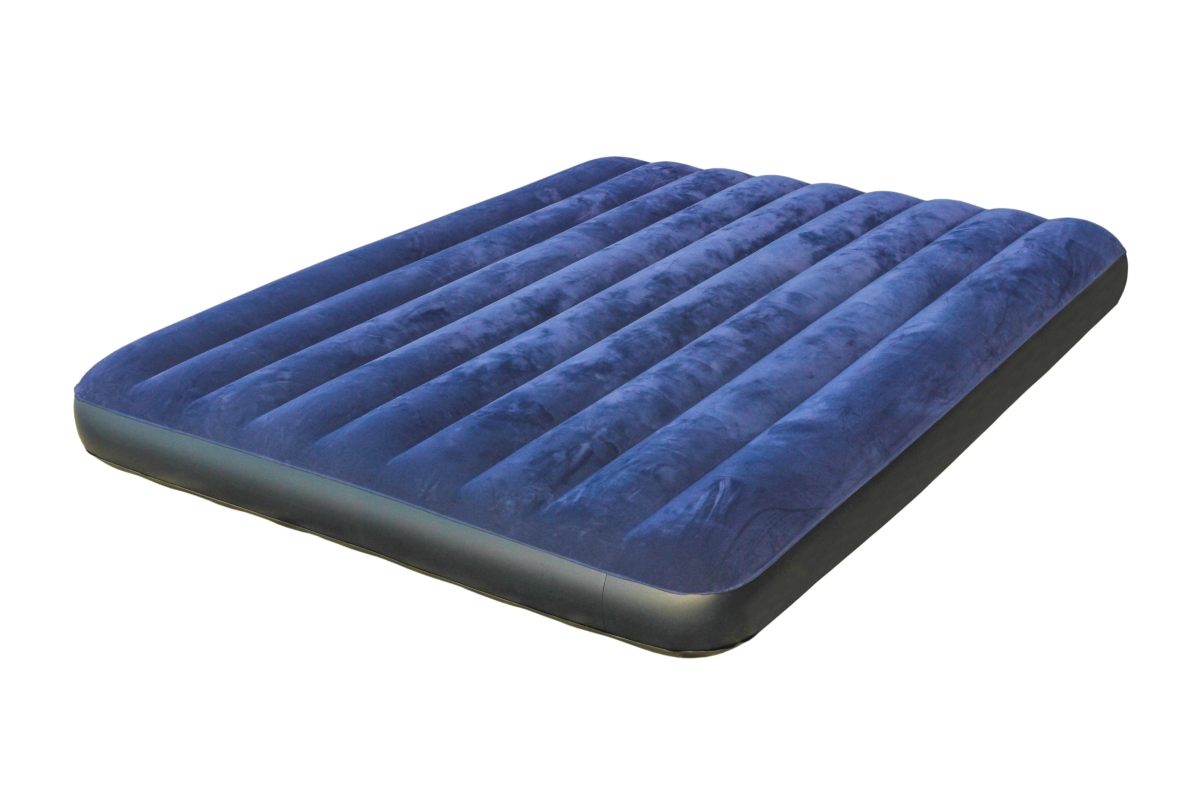
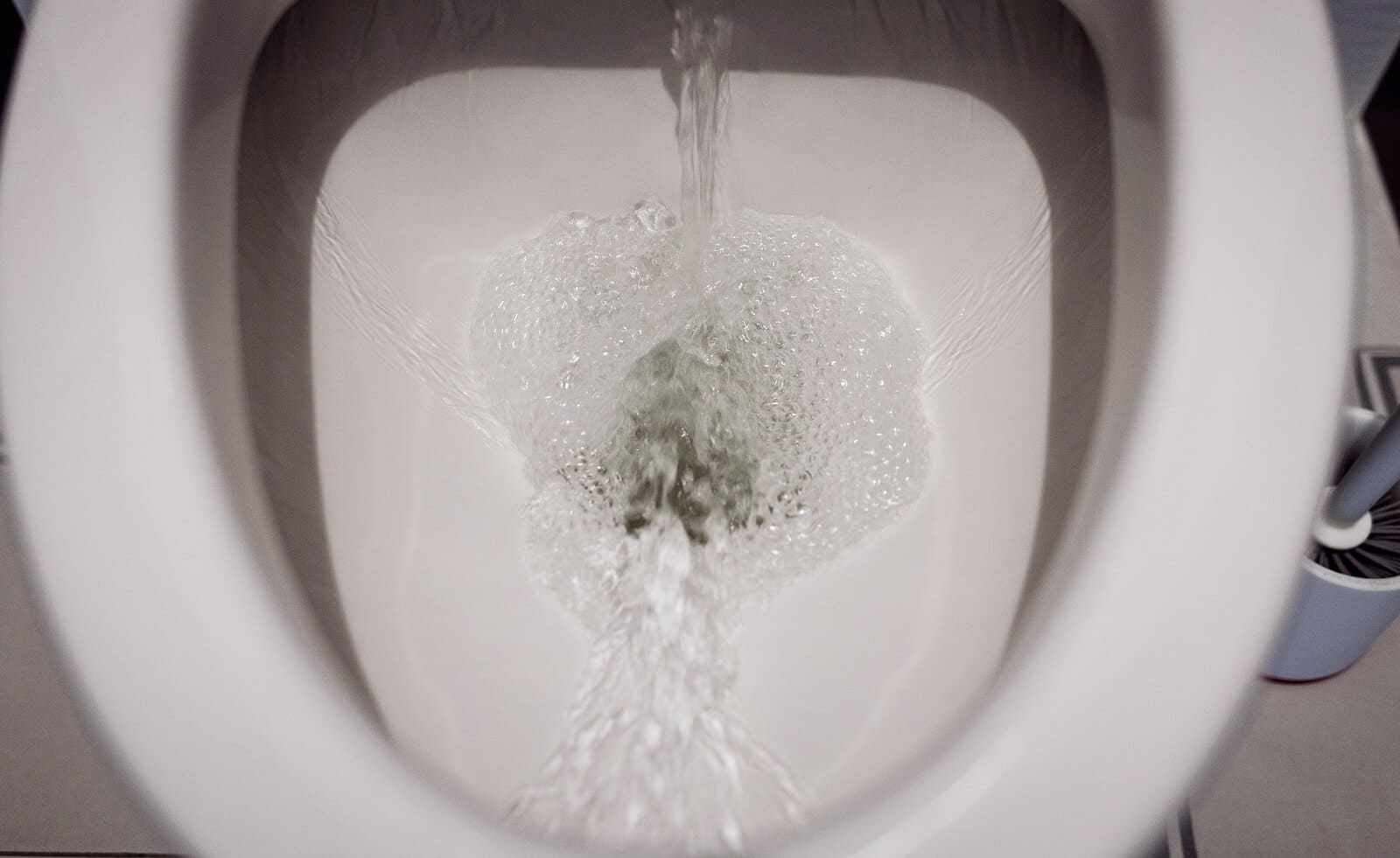
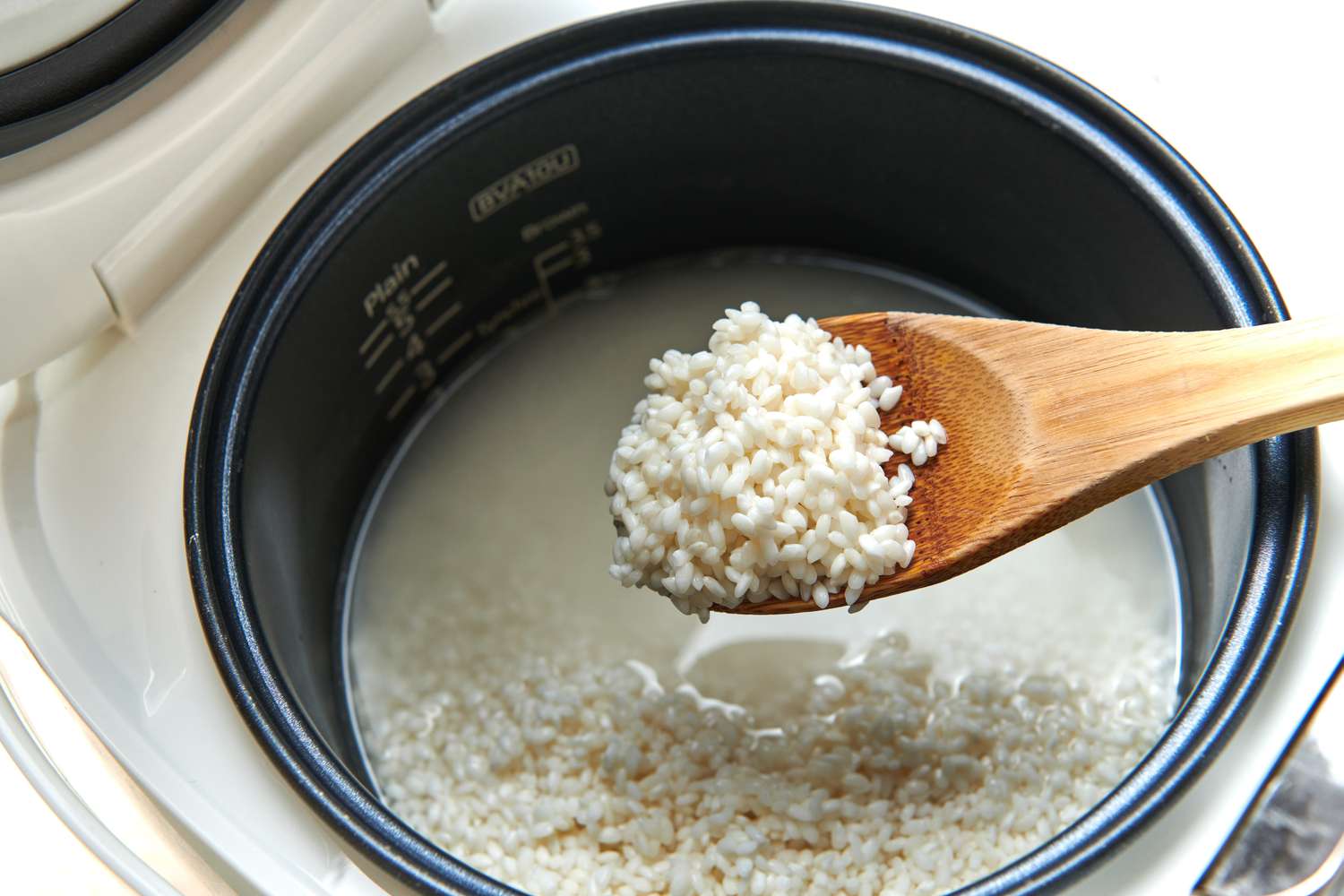
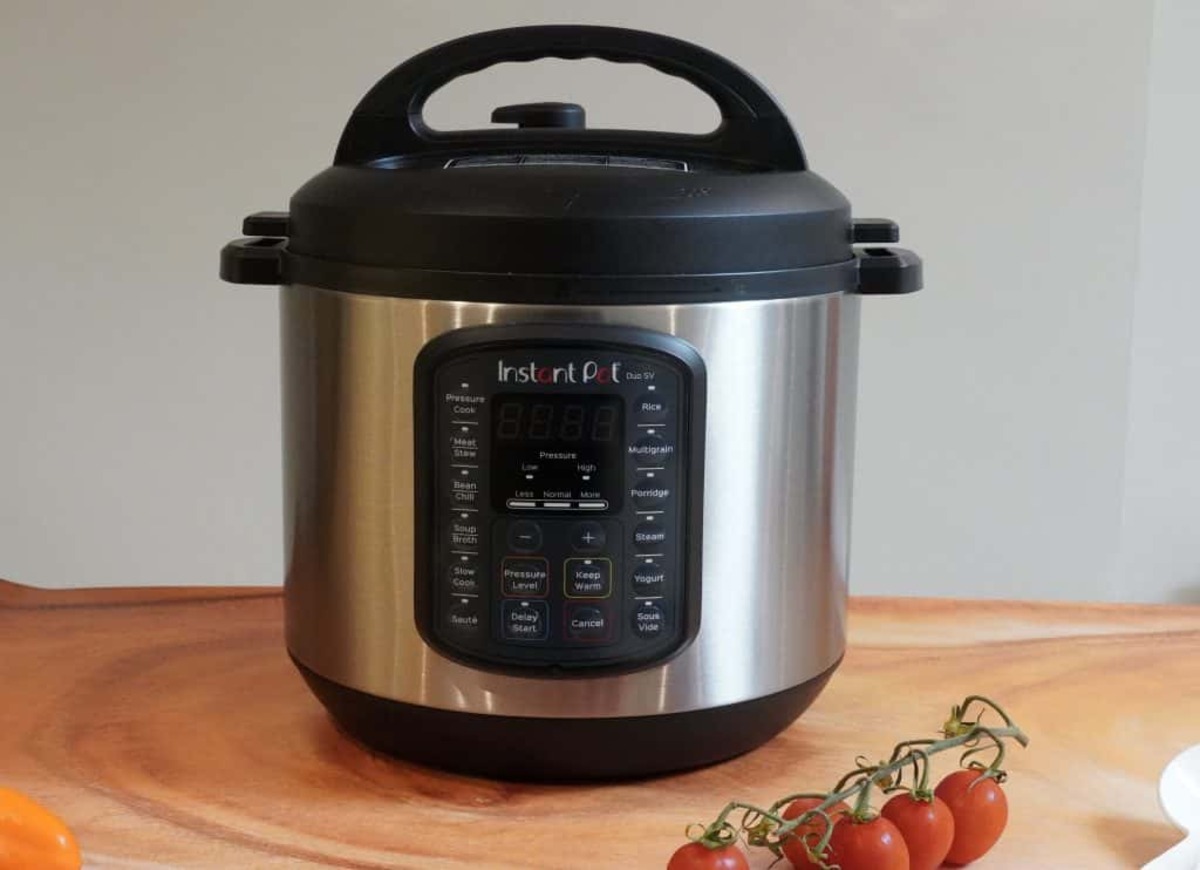
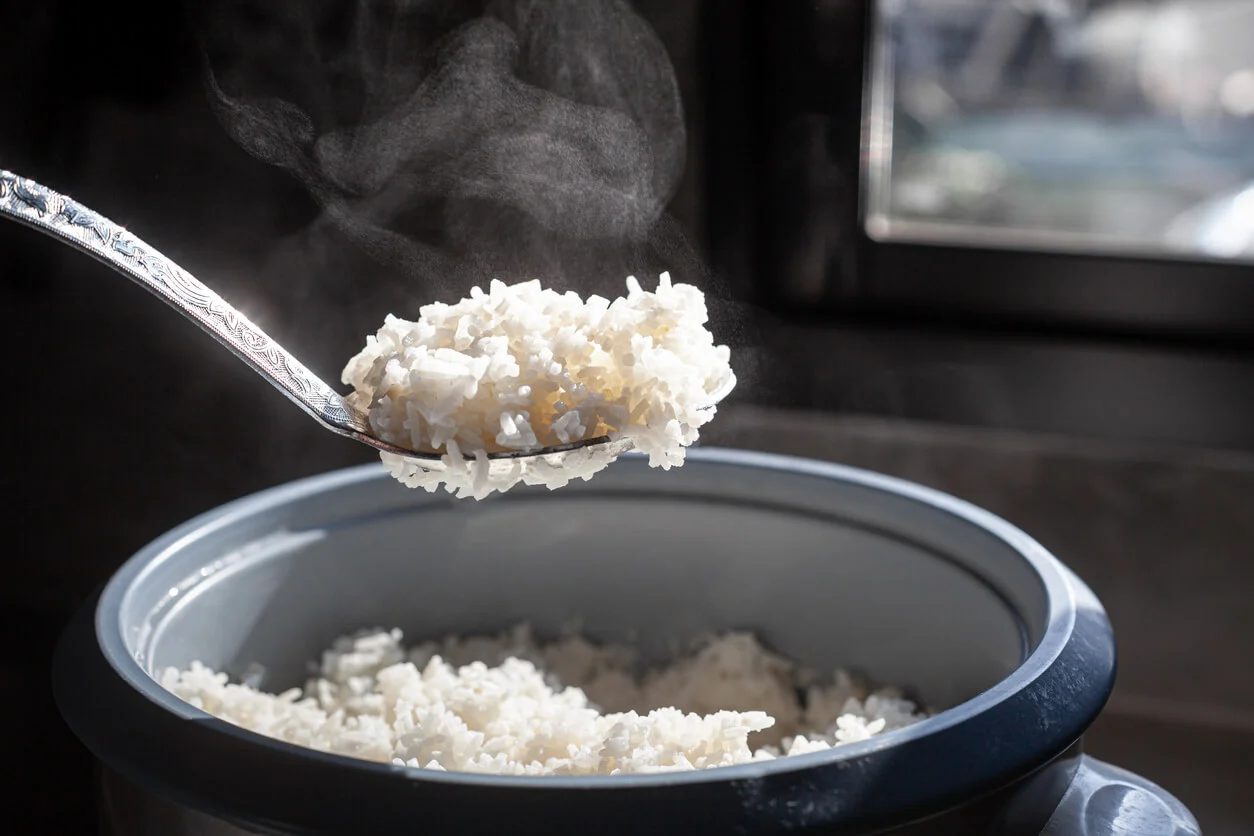
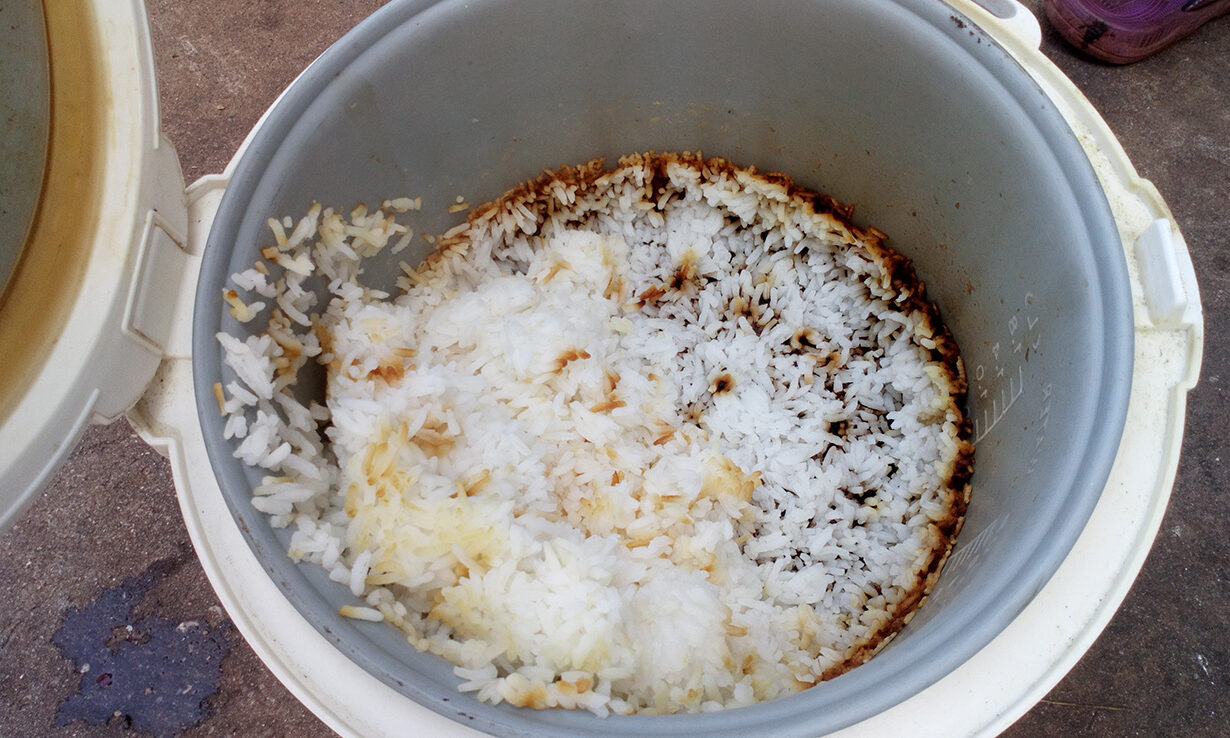

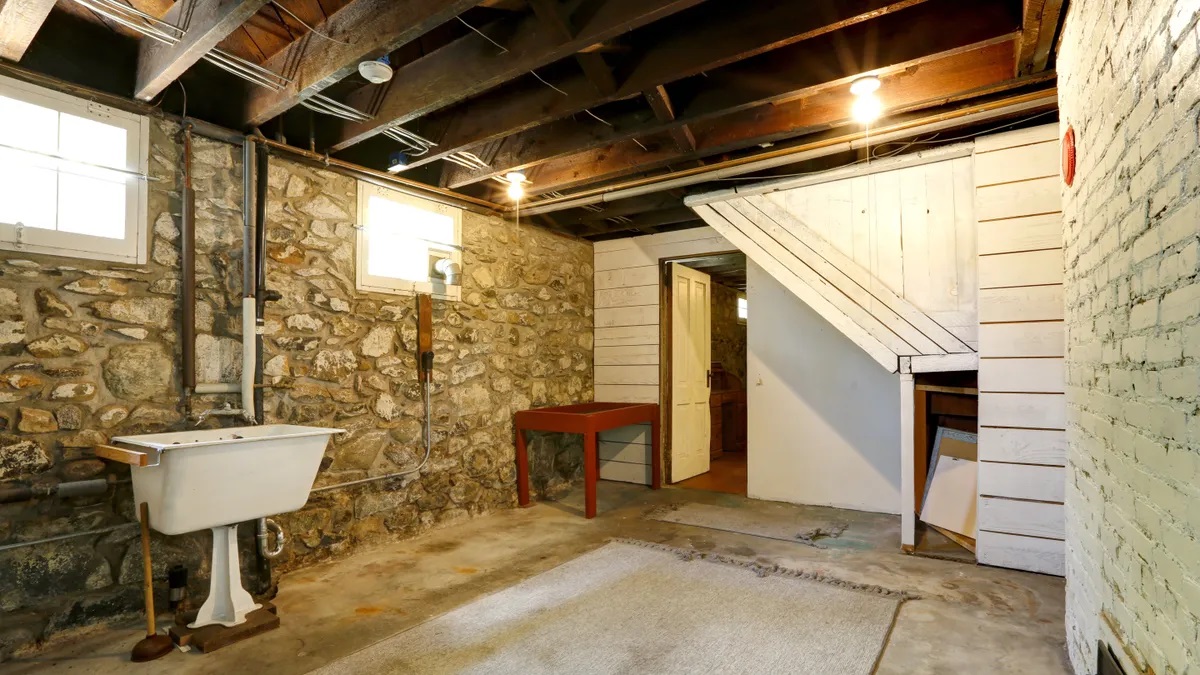
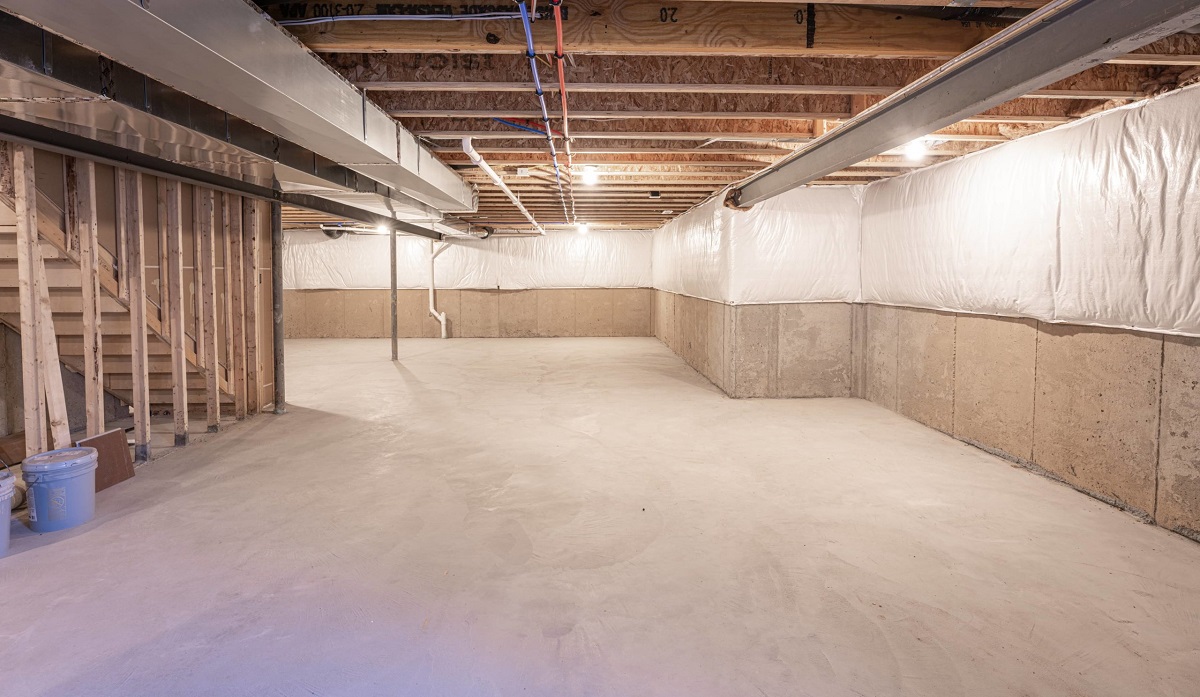
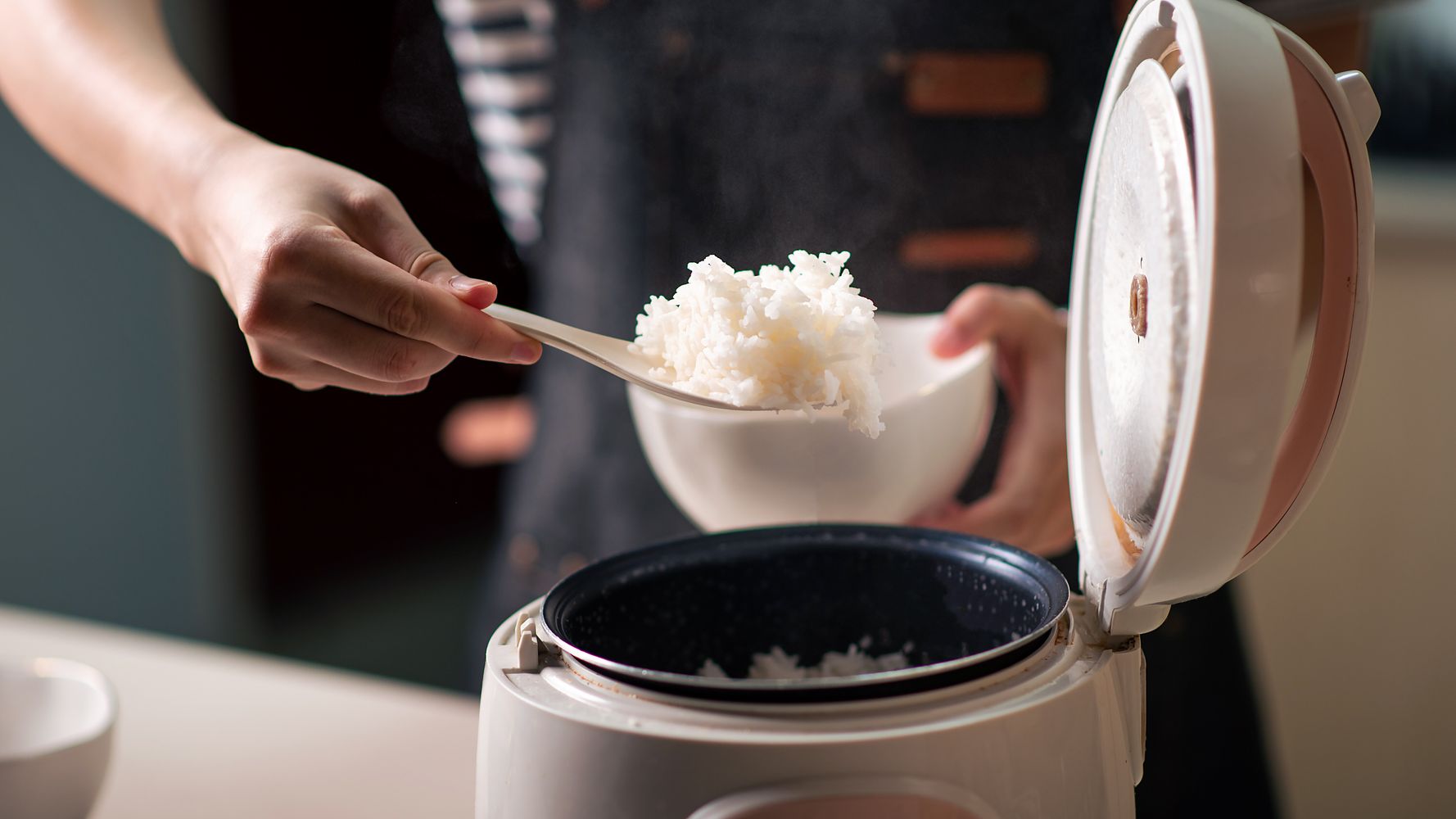
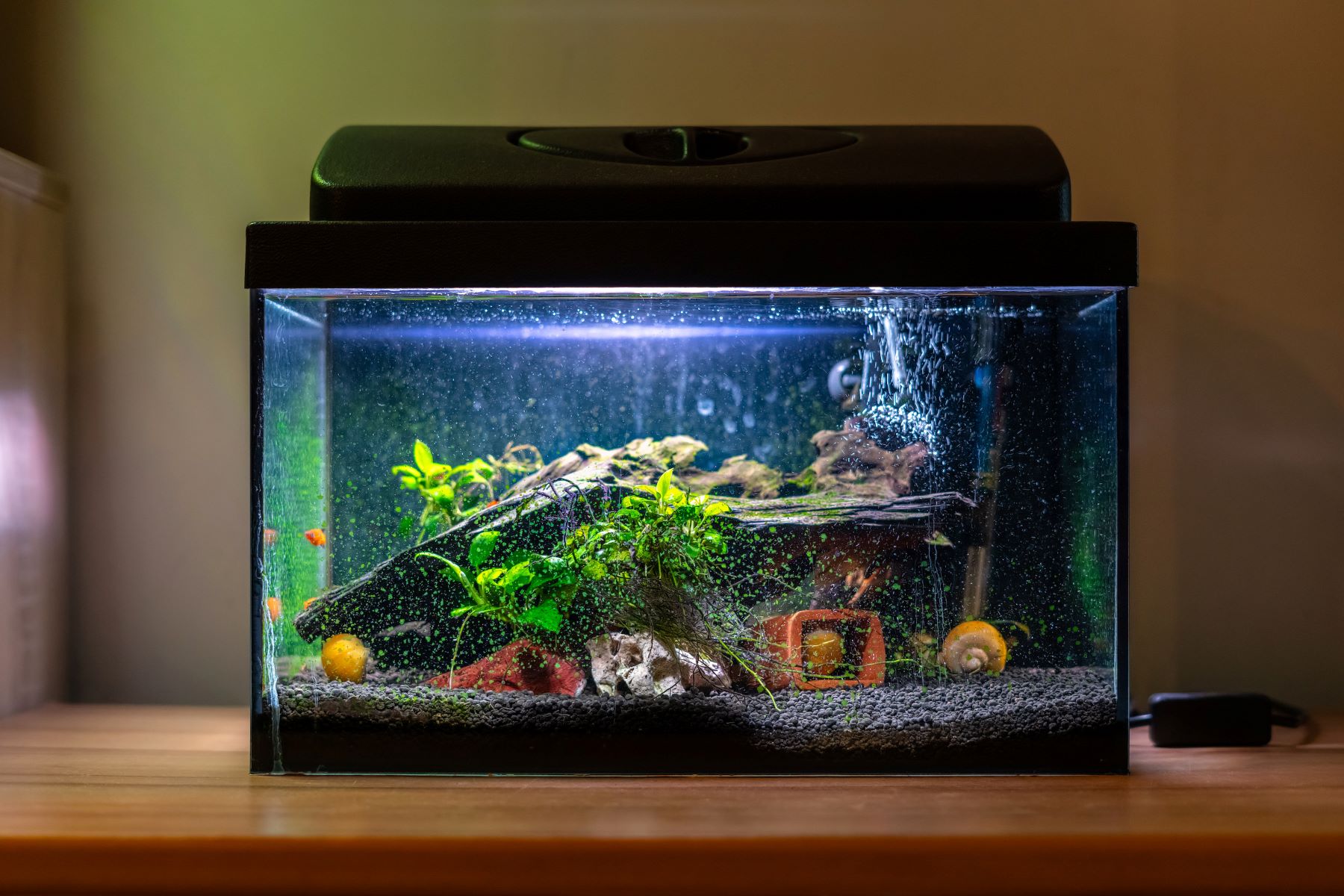
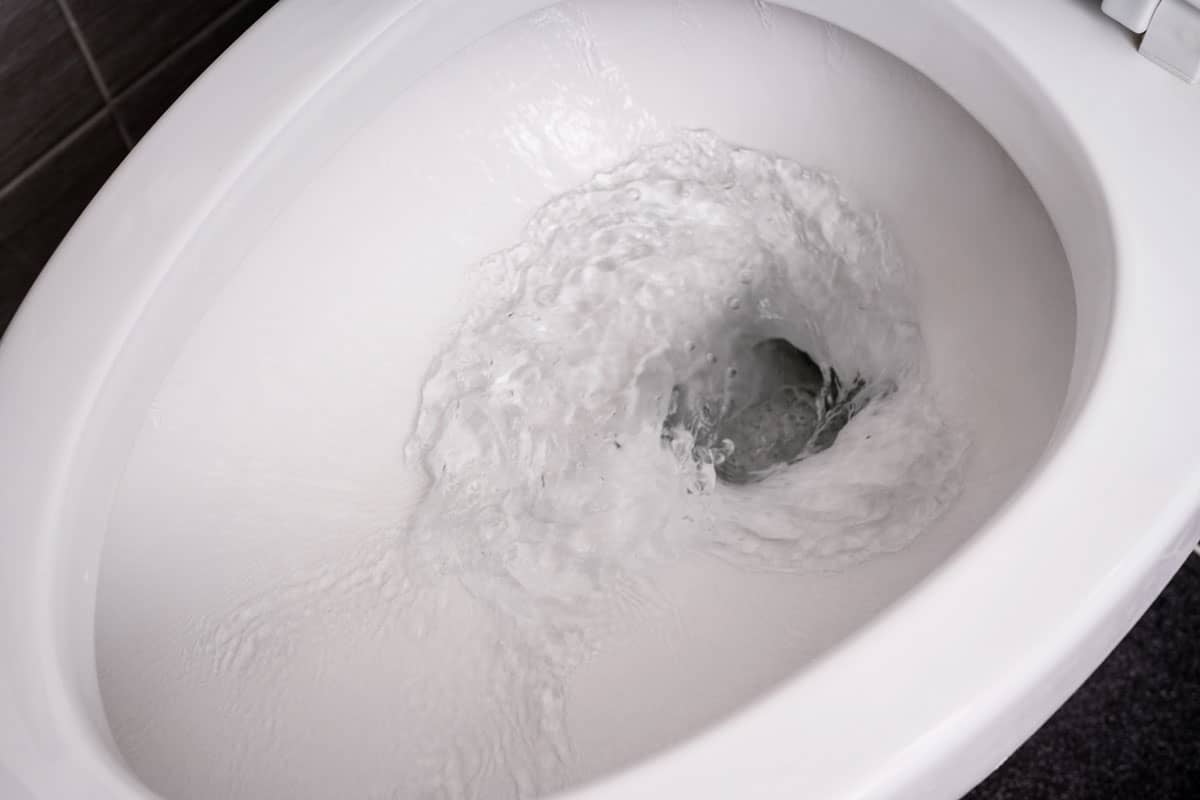
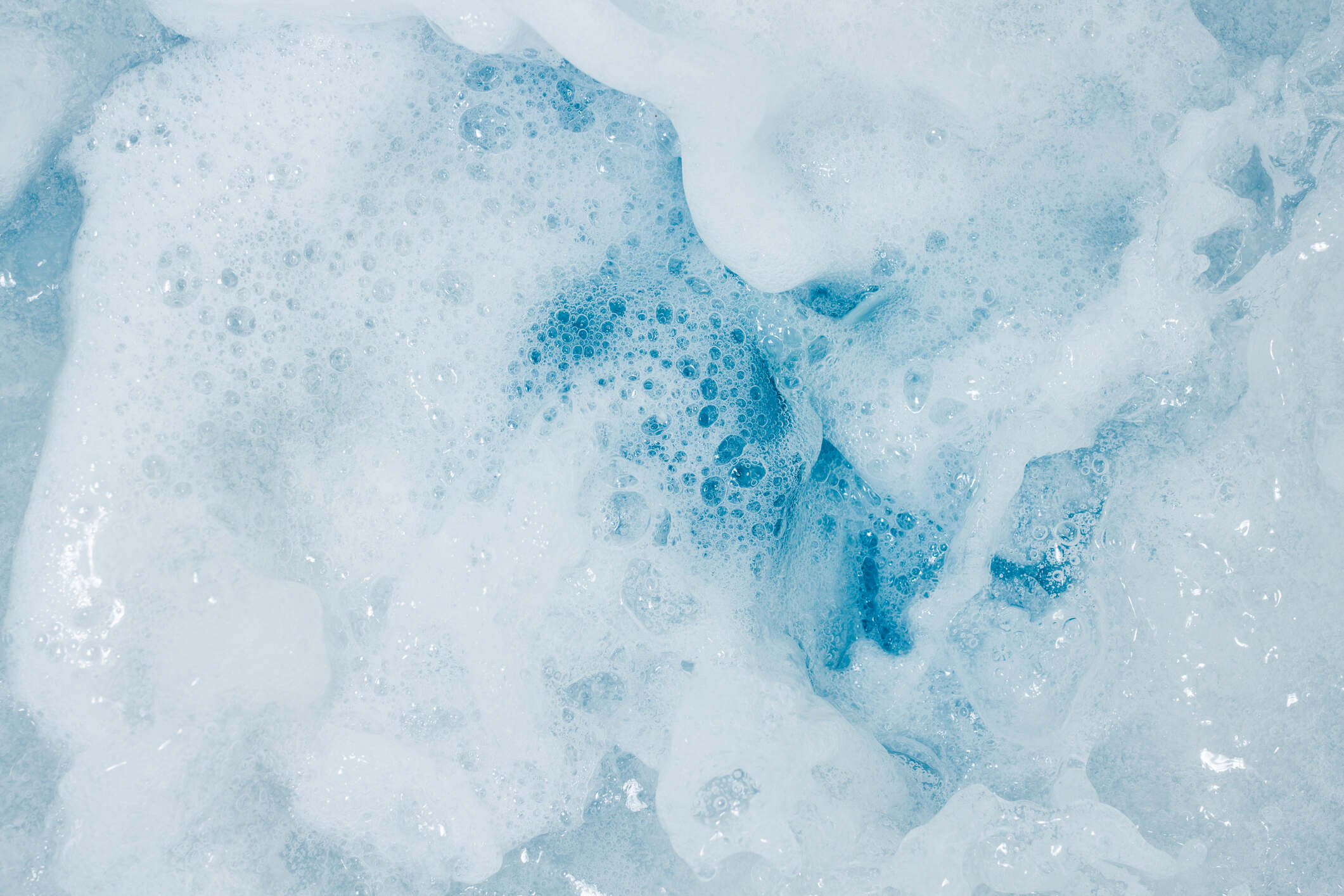

0 thoughts on “Why Is My Rice Cooker Bubbling”